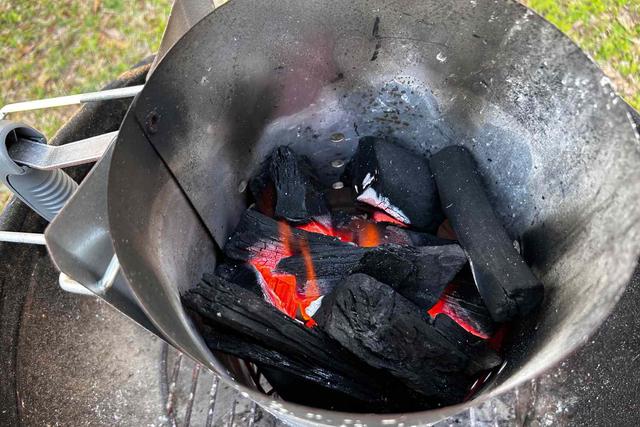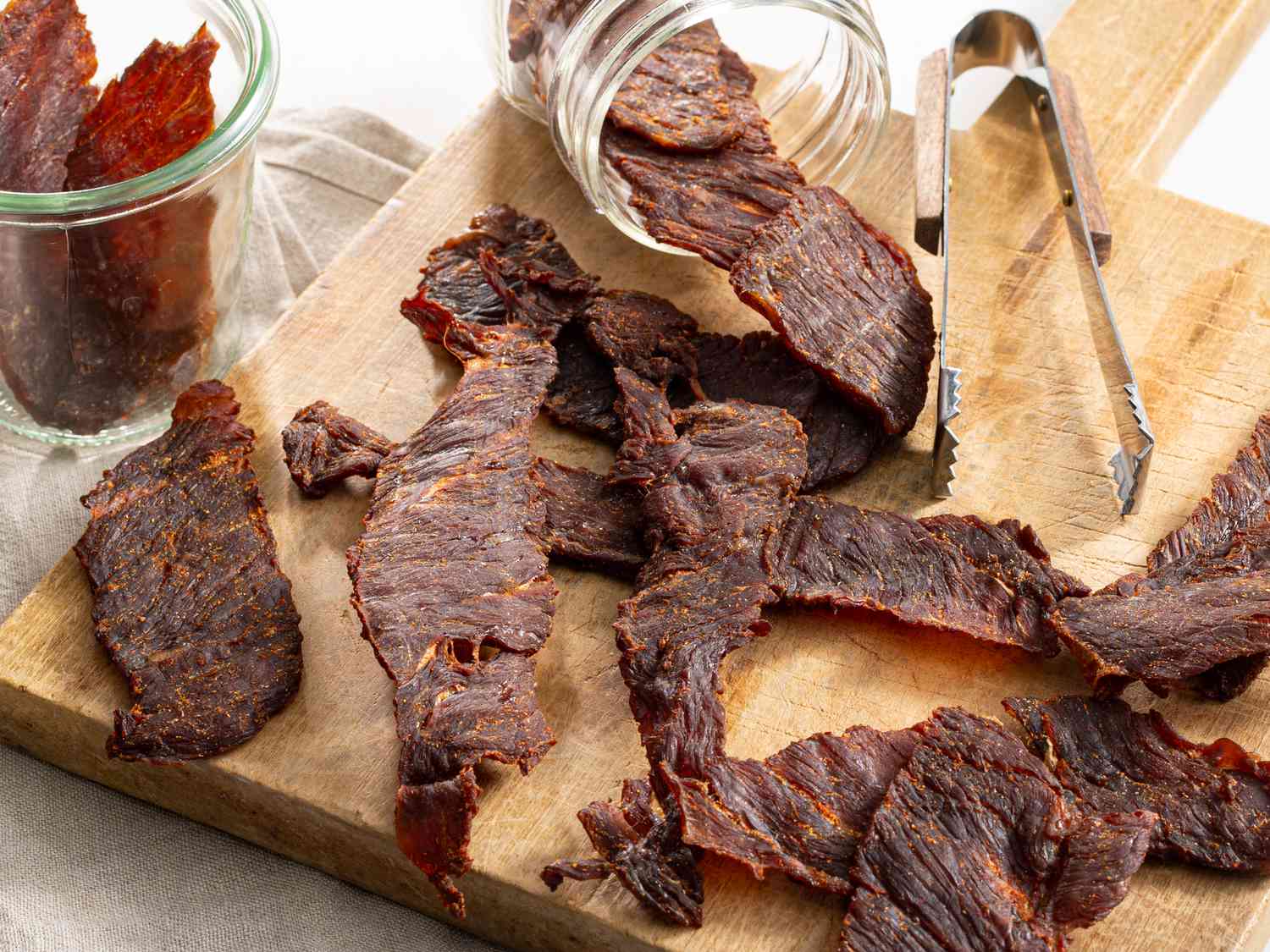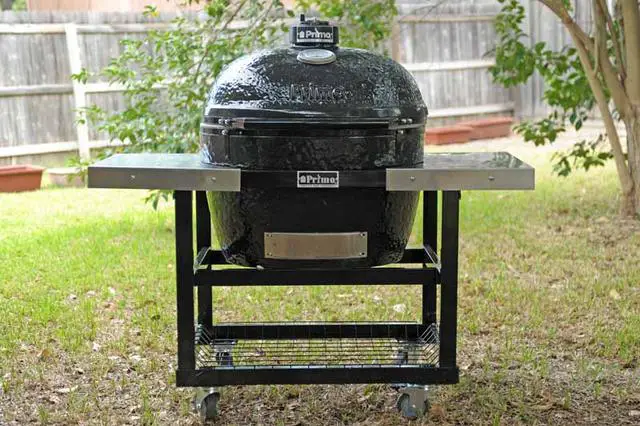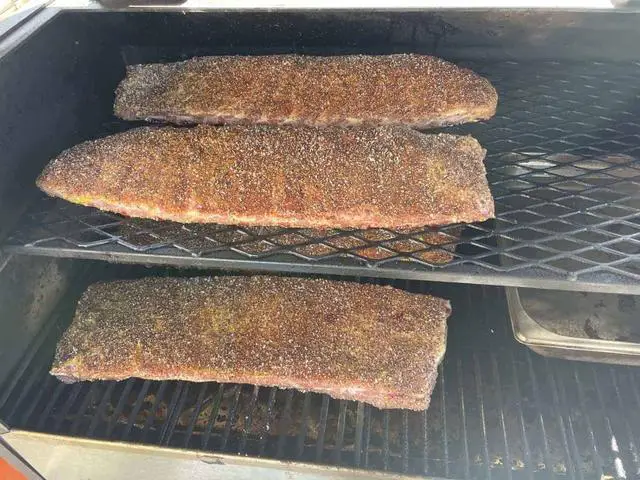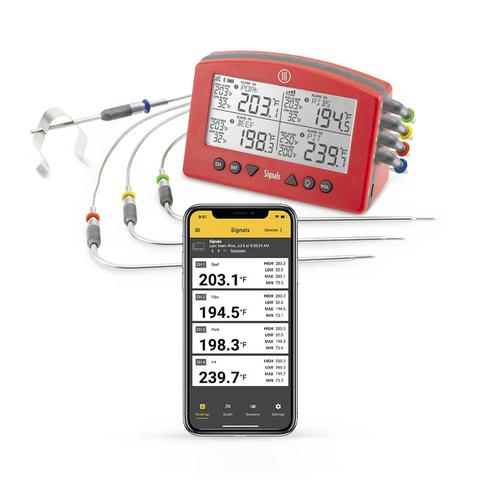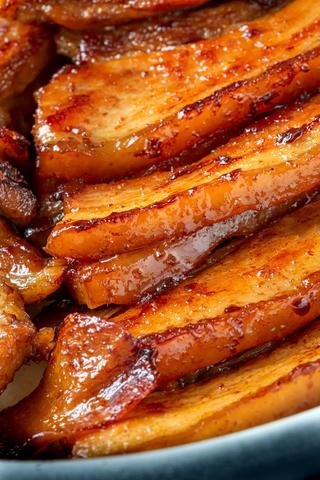
Looking to add some deliciousness to your meals? Discover a world of culinary indulgence with our tantalizing sliced pork belly recipes. From succulent bacon-wrapped delights to mouthwatering Asian-inspired dishes, these recipes will satisfy your cravings and elevate your cooking game. Get ready for the perfect blend of flavor and tenderness that will surely leave you wanting more.
BBQ Pork Belly Slices Recipe
This BBQ Pork Belly Slices recipe offers a quick and easy way to enjoy the delicious flavor and texture of pork belly without the long hours of roasting. The slices come out of the oven crisp and tender, with perfectly rendered fat and charred ends. To make this recipe, look for pork belly strips that are around 1″ thick with a good ratio of fat to meat. Rub them with olive oil, salt, and pepper, then bake at 375°F for about 15 minutes. Baste the tops with BBQ sauce, flip them over, and baste the other side before returning them to the oven for another 10-15 minutes. The cooking time may vary depending on the thickness of the slices. They should be starting to char around the edges and have a bubbly and browned top when done.
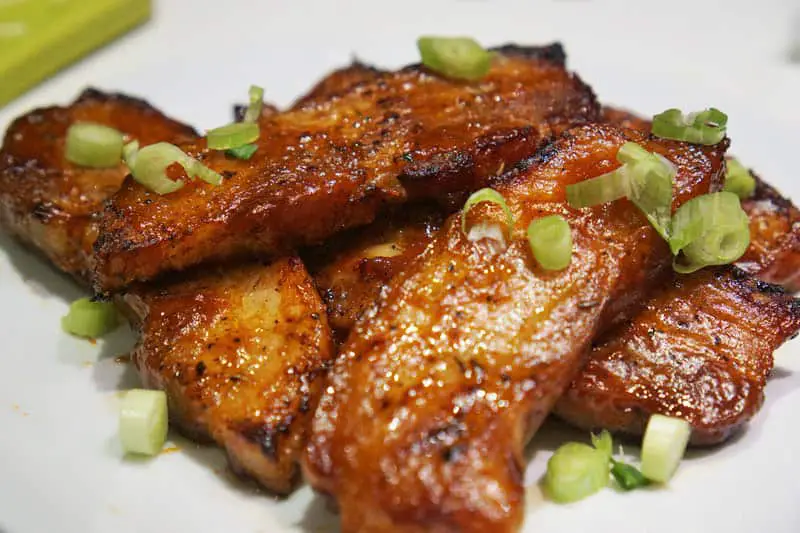
These BBQ Pork Belly Slices can be enjoyed on their own or used in various dishes like bowls, tacos, or pork belly buns. You can also try making pork belly bites in an air fryer for a crispy treat. The recipe keeps it simple by letting the pork belly shine as the main ingredient. If you prefer a slower cooking method, you can set your oven to 280 degrees and cook covered with foil for about one hour and 30 minutes before crisping it up under the broiler.
The internal temperature of cooked pork should reach over 160°F to ensure it is safe to eat. These pork belly slices are affordable and packed full of flavor, making them a versatile addition to your weekly menu. Serve them alongside salads like crunchy broccoli salad or classic wedge salad, or pair them with roasted asparagus or crispy roast potatoes as side dishes.
Ingredients You’ll Need
To cook pork belly slices, you will need the following ingredients:
– Pork belly strips: Look for ones that are around 1″ thick and have a good ratio of fat to meat. The fat will render down and give the pork belly its signature melt-in-your-mouth texture.
– Olive oil: While not necessary, coating the pork with olive oil can prevent the exterior from drying out too much while cooking.
– Salt & pepper: Basic seasoning is all the pork needs to shine.
– BBQ sauce (optional): If you want to give a different flavor to the pork, you can baste it with BBQ sauce during cooking.
You can purchase pre-cut pork belly strips or ask your butcher to cut them for you. If you can only find pork belly cut into squares, that’s fine too, but they may require more or less cooking time depending on their size.
If needed, you can also order high-quality meat online from FarmFoods for delivery straight to your door. Their meat is humanely raised and healthy.
The cooking process is relatively simple. Preheat your oven to 375°F and line a baking tray with parchment paper or tin foil. Lay out the pork belly strips evenly on the tray and rub them with olive oil, salt, and pepper. Bake them for about 15 minutes until they start to get sizzly and brown on top. Remove the tray from the oven and baste the tops of the strips with BBQ sauce before flipping them over and basting the other side as well. Return them to the oven for another 10-15 minutes, watching closely near the end to avoid overcooking. The ideal crispiness is usually achieved in about 30 minutes for 1″ thick slices, but cooking time may vary.
Serve these delicious pork belly slices on their own or alongside dishes like bacon and corn salad, mac & cheese, or a wedge salad. Enjoy!
Where to Get Pork Belly Strips
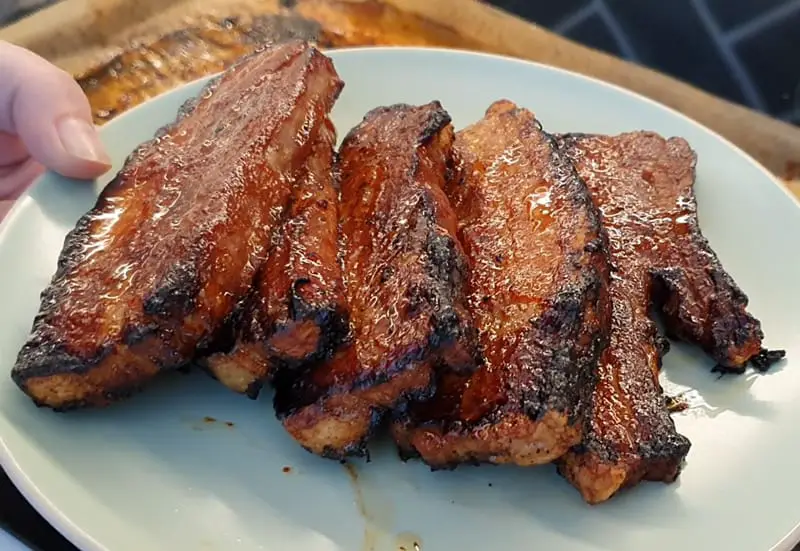
To achieve the perfect texture and flavor, pork belly should be cooked to an internal temperature of at least 160°F. This ensures that the meat is fully cooked and safe to eat. In this recipe for BBQ Pork Belly Slices, the recommended cooking time is about 15 minutes at 375°F, followed by another 10-15 minutes after basting with BBQ sauce. However, cooking times may vary depending on the thickness of the slices. It’s important to monitor them closely towards the end to avoid overcooking.
If you prefer a slower cooking method, you can slow roast pork belly at a lower temperature of 280 degrees for about one hour and 30 minutes. The meat should be covered with tin foil during this process to retain moisture. After slow roasting, you can crisp up the pork belly under the broiler if desired.
Pork belly strips can be purchased pre-cut or you can ask your local butcher to cut them for you. Look for strips that are around 1 inch thick, with a good ratio of fat to meat. This will ensure that they have a melt-in-your-mouth texture when cooked.
Overall, pork belly strips are an easy and delicious alternative to slow-roasted pork belly. They cook quickly and still offer all the flavorful goodness of traditional pork belly dishes.
How to Make BBQ Pork Belly Strips

To make BBQ Pork Belly Strips, start by preheating your oven to 375°F. Line a baking tray with parchment paper or tin foil and lay out the pork belly strips evenly spaced. Rub them with olive oil, salt, and pepper. Bake the strips for about 15 minutes until they start to brown on top.
Remove the tray from the oven and baste the tops of the pork belly strips with BBQ sauce. Flip them over and baste the other side as well. Put them back in the oven for another 10-15 minutes, watching closely to ensure they don’t overcook.
The cooking time may vary depending on the thickness of your pork belly strips, but aim for a crispy texture with charred edges. Serve these delicious BBQ Pork Belly Strips on their own or alongside your favorite sides like salads or roasted vegetables.
Please note that this is just a summary of the recipe instructions provided in the topic information. For detailed measurements and step-by-step instructions, please refer to the original source or consult a trusted recipe website.
Pork Belly Slices FAQs
1. What is the internal temperature that pork belly should be cooked to?
Pork belly should be cooked to an internal temperature of at least 160°F.
2. Can I cook pork belly strips on a wire rack instead of directly on foil?
Yes, you can cook the pork belly strips on a wire rack if you prefer. This may help reduce the amount of rendered fat in the final dish.
3. Can I use Char Sui or Hoisin sauce instead of BBQ sauce?
Absolutely! Using Char Sui or Hoisin sauce as a glaze for the pork belly slices would add a delicious sweet flavor.
4. Why did my pork belly slices not turn out like the ones in the recipe?
Cooking times and temperatures can vary depending on factors such as oven calibration and thickness of the pork belly slices. It’s best to use a meat thermometer to ensure they are cooked to your desired level of doneness.
5. How can I achieve crispiness without overcooking the pork belly slices?
To achieve crispiness without overcooking, you can increase the oven temperature or broil them for a few minutes at the end of cooking time. Keep a close eye on them to prevent burning.
Is pork belly the same as bacon?
Pork belly and bacon come from the same part of the pig, but they are not exactly the same. Pork belly is uncured, unsmoked, and unsliced, whereas bacon is cured, smoked, and thinly sliced. Pork belly has a higher fat content, which gives it its rich flavor and melt-in-your-mouth texture. Bacon is often used as a breakfast food or in sandwiches, while pork belly can be cooked in various ways and used in different dishes.
To what internal temperature should pork belly be cooked?
To achieve the perfect texture and doneness, pork belly should be cooked to an internal temperature of at least 160°F. This ensures that the meat is fully cooked and safe to eat. The cooking time can vary depending on the thickness of the pork belly slices, but a general guideline is around 30 minutes at 375°F for 1-inch thick slices. It’s important to keep an eye on the pork belly strips towards the end of cooking to prevent them from overcooking and becoming dry or tough. The goal is to achieve a crispy, browned exterior while maintaining a tender and juicy interior. If desired, you can baste the strips with BBQ sauce during the last few minutes of cooking for added flavor and caramelization. Overall, baking or grilling pork belly strips is a quick and easy alternative to slow-roasting a whole pork belly, making it a convenient option for home cooks who want to enjoy this flavorful cut of meat without spending hours in the kitchen.
Are pork belly slices good to cook with?
Pork belly slices are a great option for cooking because they are smaller and cook faster than a whole pork belly roast. They still have the delicious flavor and texture of pork belly, but without the long cooking time. These slices come out of the oven crispy and tender, with perfectly rendered fat and charred ends. They can be used in various dishes like bowls, tacos, or served alongside your favorite sides.
To cook pork belly slices, it is recommended to bake them in the oven at 375°F for about 15 minutes. After that, baste them with BBQ sauce and flip them over before putting them back in the oven for another 10-15 minutes. The cooking time may vary depending on the thickness of the slices, but they should reach an internal temperature of over 160°F to ensure they are cooked properly.
If you prefer slow roasting, you can set the oven to 280 degrees and cook the pork belly slices covered with tin foil for about one hour and 30 minutes. Then you can crisp them up under the broiler if desired.
Overall, pork belly slices are a versatile and delicious ingredient that can be easily cooked at home without much hassle.
In conclusion, sliced pork belly offers a versatile and delicious option for various recipes. Whether it’s grilled, stir-fried, or braised, the tender and flavorful meat can be enjoyed in a variety of culinary creations. From traditional Asian dishes to creative fusion recipes, sliced pork belly adds a touch of indulgence to any meal. So why not explore the endless possibilities and savor the rich taste of this succulent cut of meat?
Learn More About Grilling
If you want to learn more about grilling, check out these other helpful resources!

